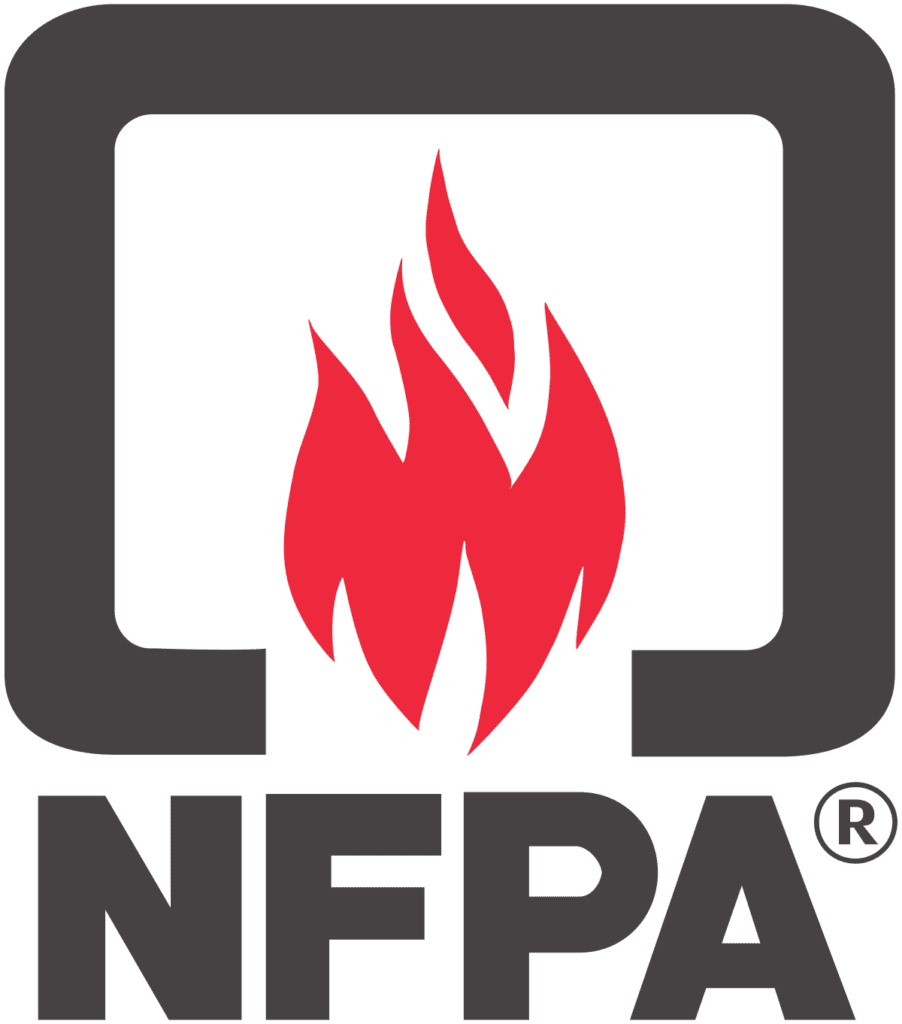simplex master clock system manual
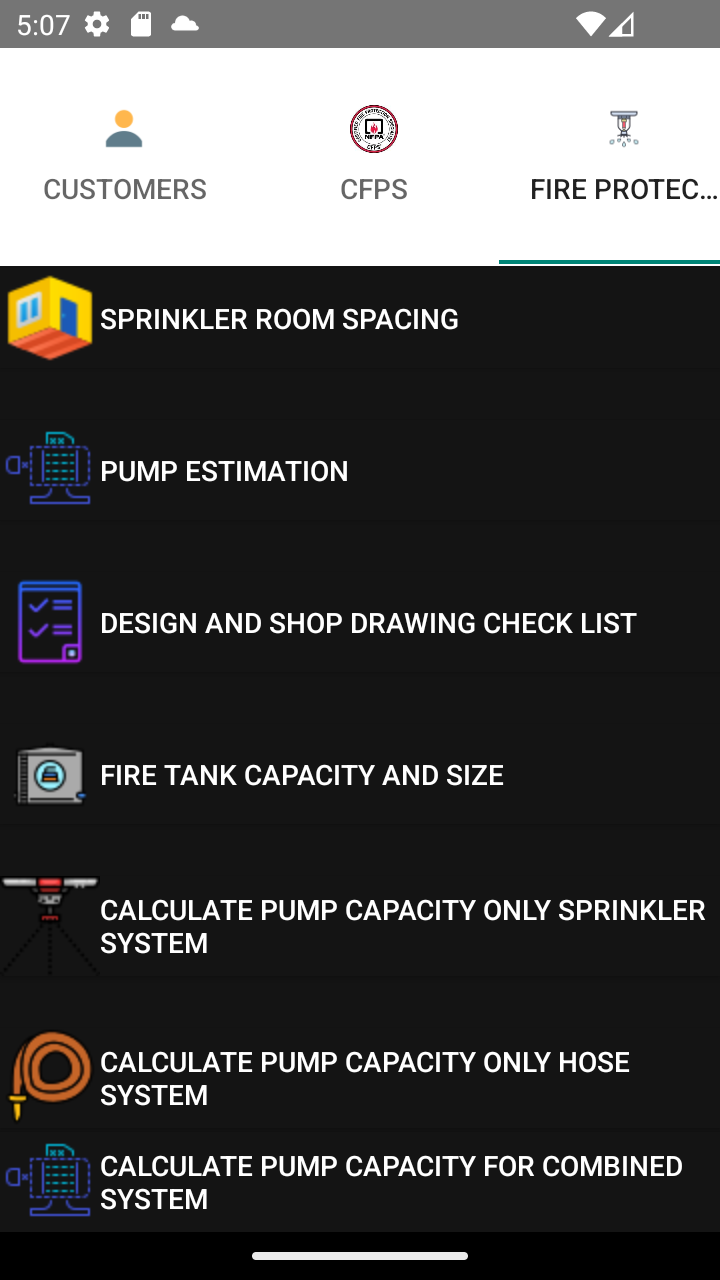
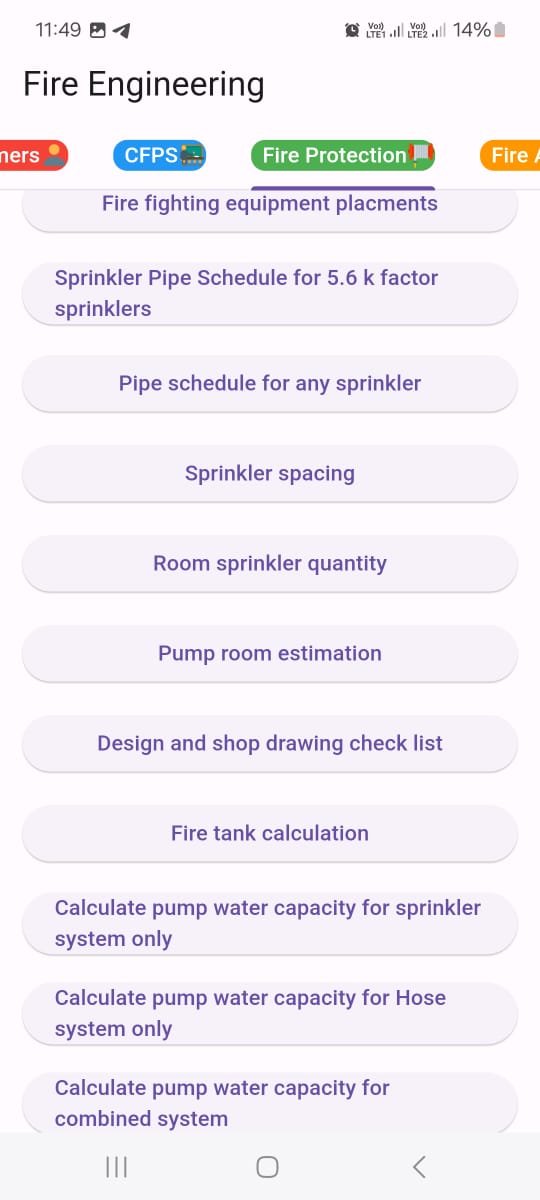
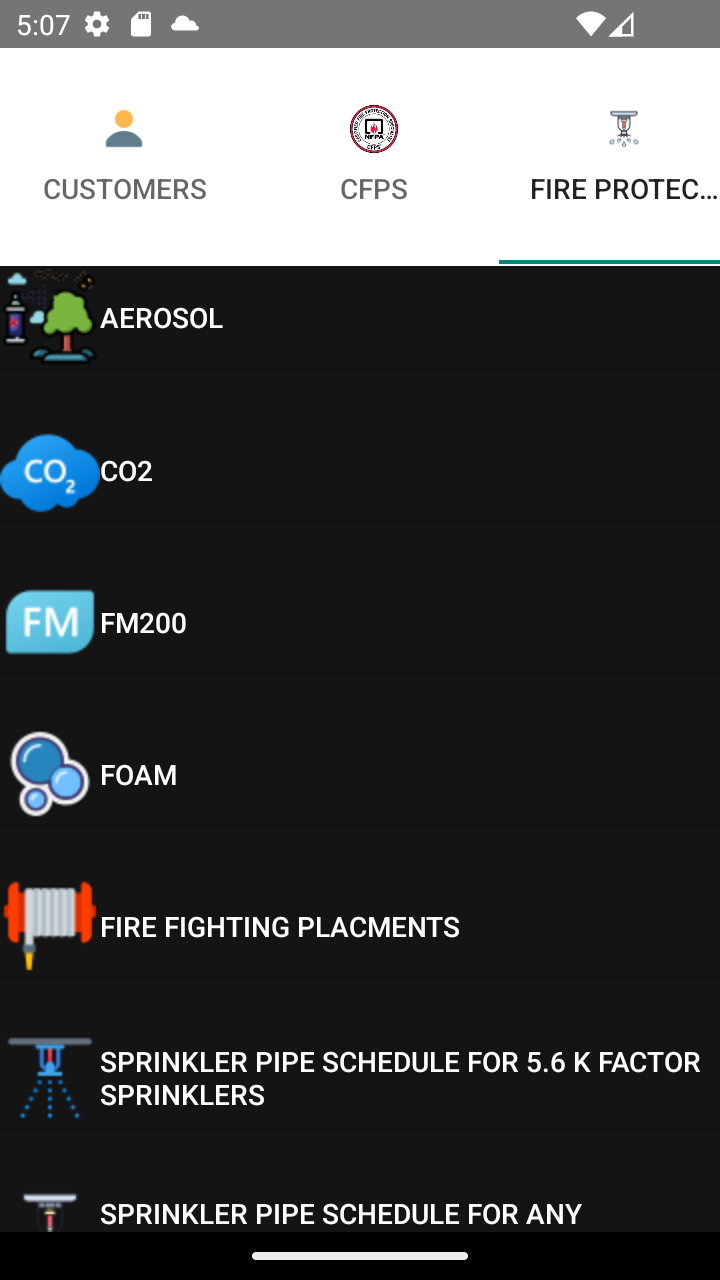
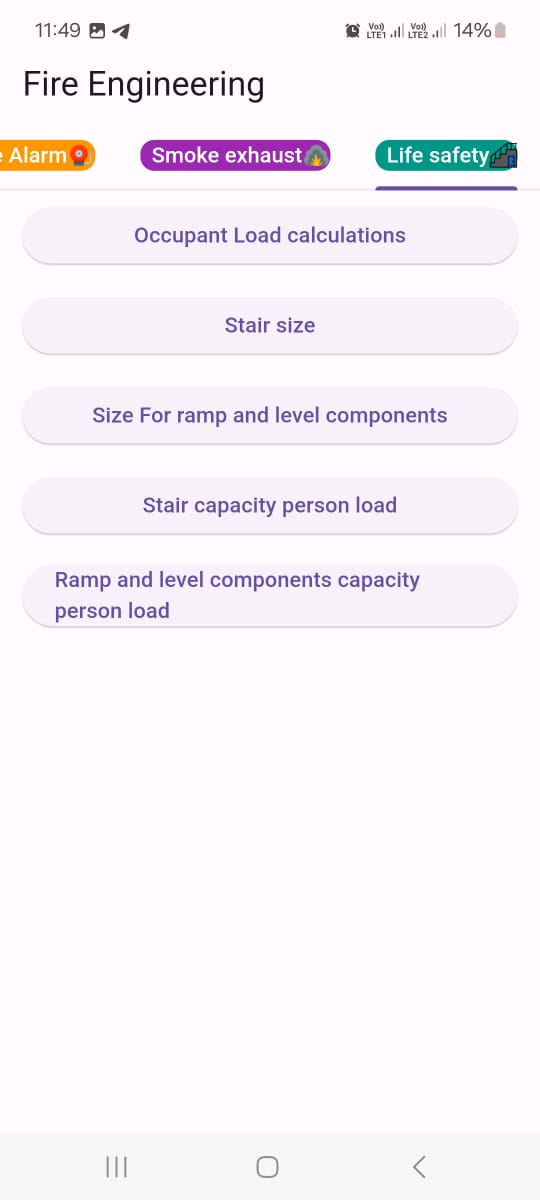
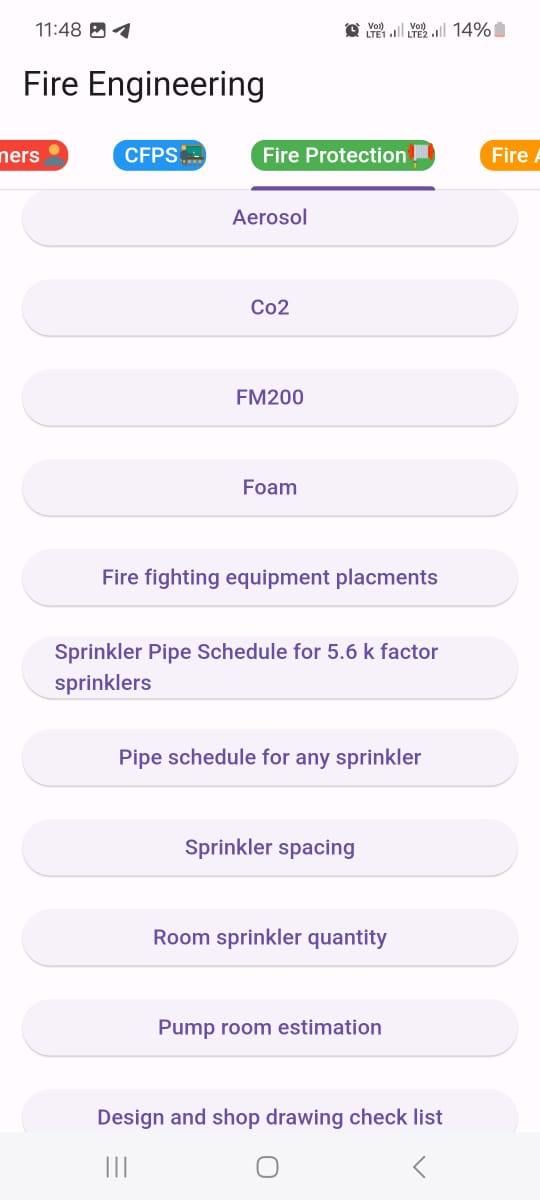
simplex master clock system manual
The Simplex master clock system manual provides instructions for operating and maintaining the Simplex master clock system, which is used for time synchronization and scheduling in buildings. It includes setup procedures, configuration options, and troubleshooting guidelines to ensure accurate timekeeping.
Title: Fire Protection Design
—


